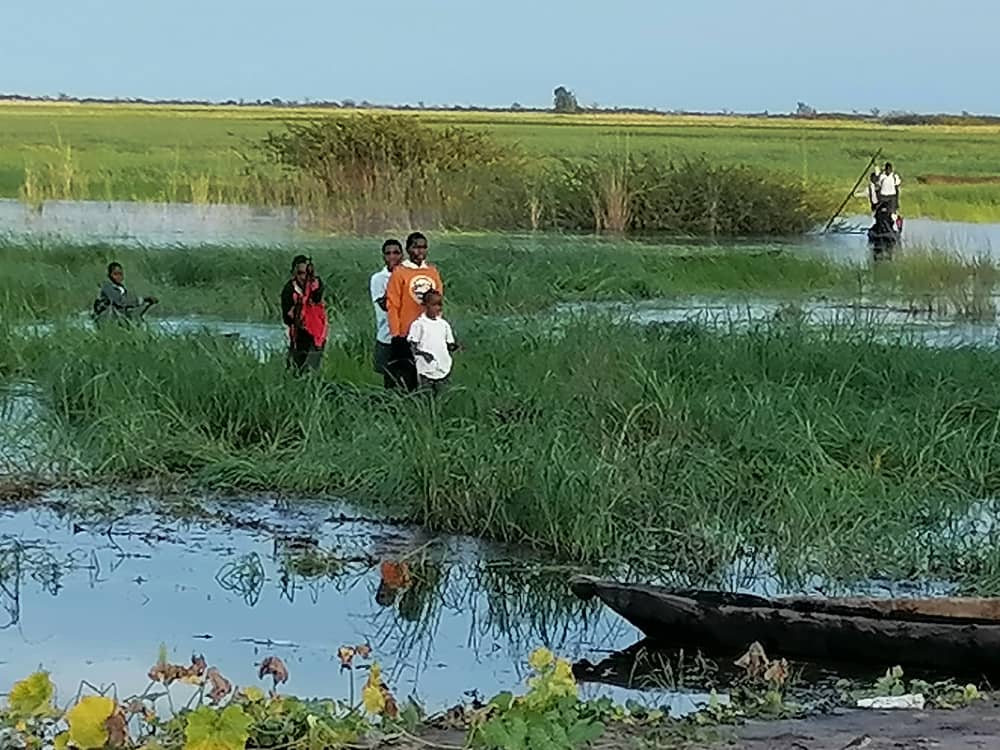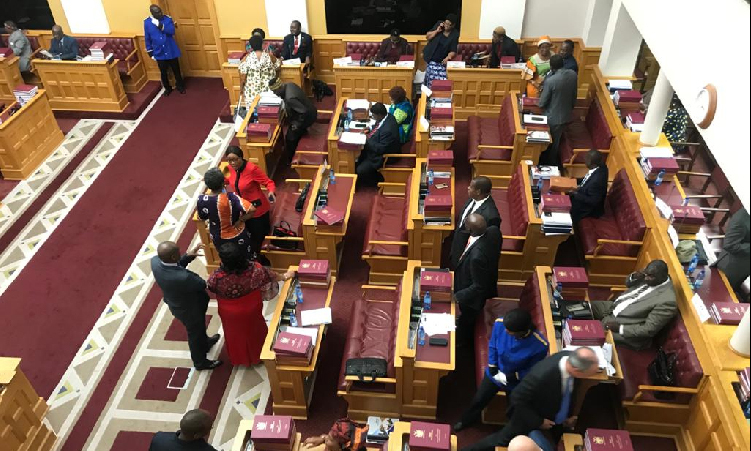The Ministry of Agriculture, Water, and Land Reform has urged residents in the floodplains of the Zambezi region to take precautionary measures for their safety amid the slowly subsiding second wave of floods experienced in the region.
The Zambezi River’s water levels recorded at Katima Mulilo on 24 May stand at 5,05m, which shows a gradual reduction compared to 5,4m on 15 May.
Agriculture ministry spokesperson Jona Musheko says the second wave is due to the movement and accumulation of floodwaters from the upstream headwaters of the Zambezi River in Zambia.
“The Zambezi River’s water level at Katima Mulilo peaked on 13 May, with a reading of 5,41m. The water level has since started to recede slowly. It is expected that this trend will continue until the next rains in the Zambezi catchment area,” he says.

Zambezi regional disaster field coordinator Jimmy Simataa says the current flood has affected nine government schools, with a total of 1 603 pupils, 122 teachers, and several institutional workers.
Additionally, he says the fields of 412 crop farmers, with fields ranging from 0,5ha to 2ha per farmer, have been submerged in floodwater, affecting their livelihoods.
“All schools in the Kabbe South and North constituencies are inaccessible to teachers and pupils as they are surrounded. The floods have a huge impact on daily operations, learning and teaching, and cause accommodation and sanitation challenges,” he says.
Simataa says there is a need for the provision of transport (boats), food, and mattresses for pupils accommodated at school premises.

The affected farmers will require food assistance as the regional council continues to monitor the flood’s movement, he says.
Stay informed with The Namibian – your source for credible journalism. Get in-depth reporting and opinions for
only N$85 a month. Invest in journalism, invest in democracy –
Subscribe Now!










